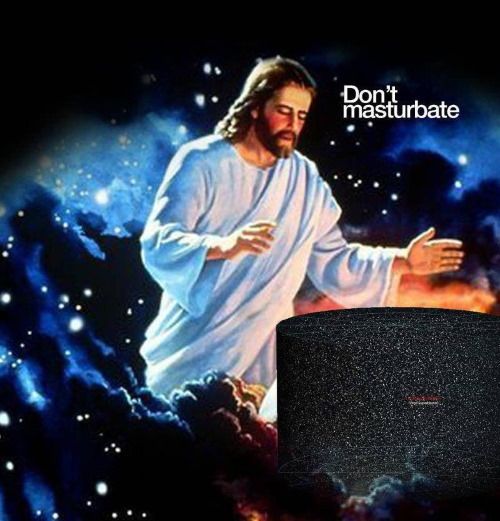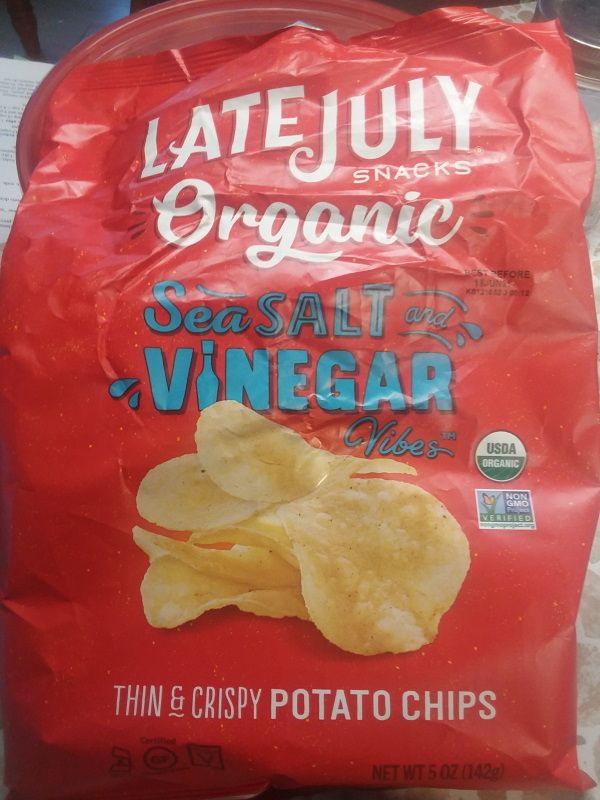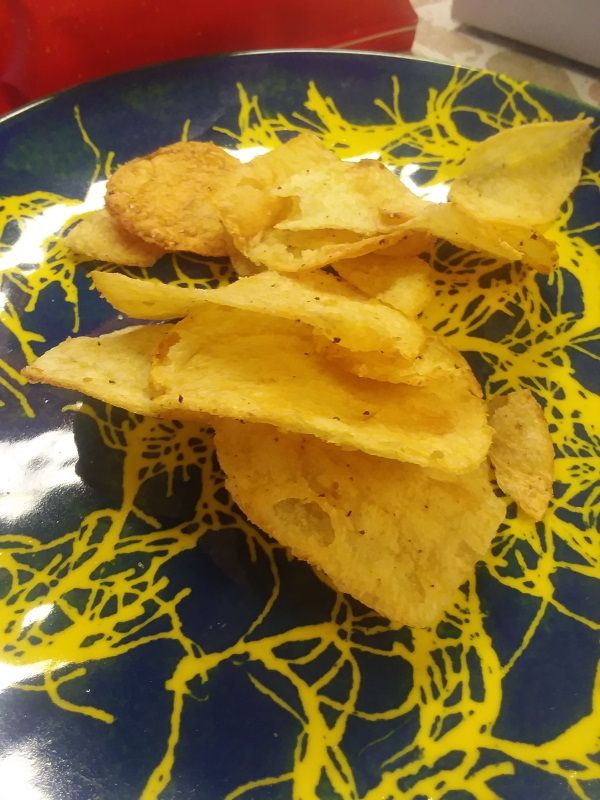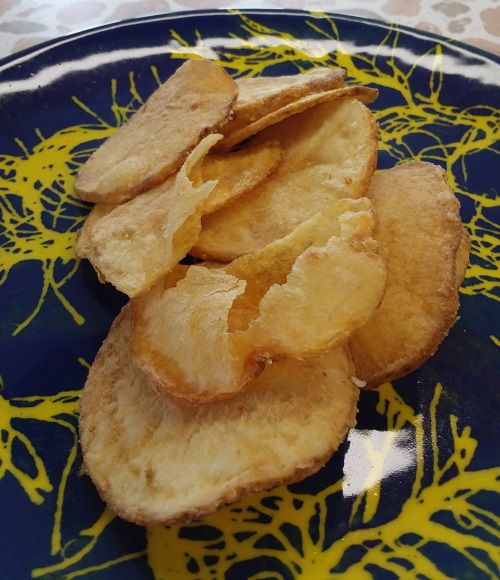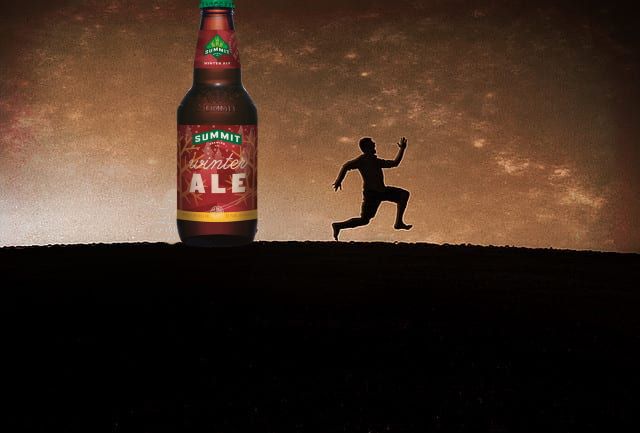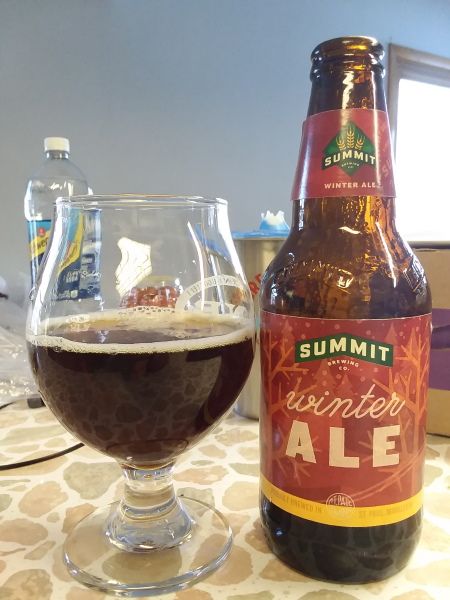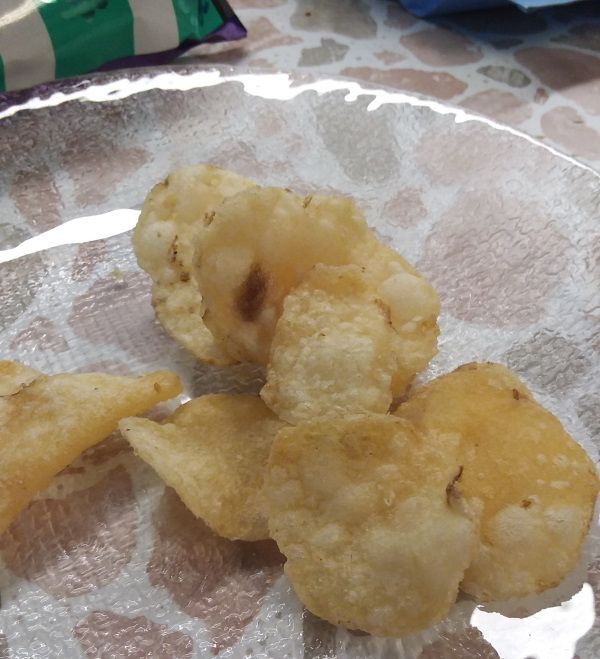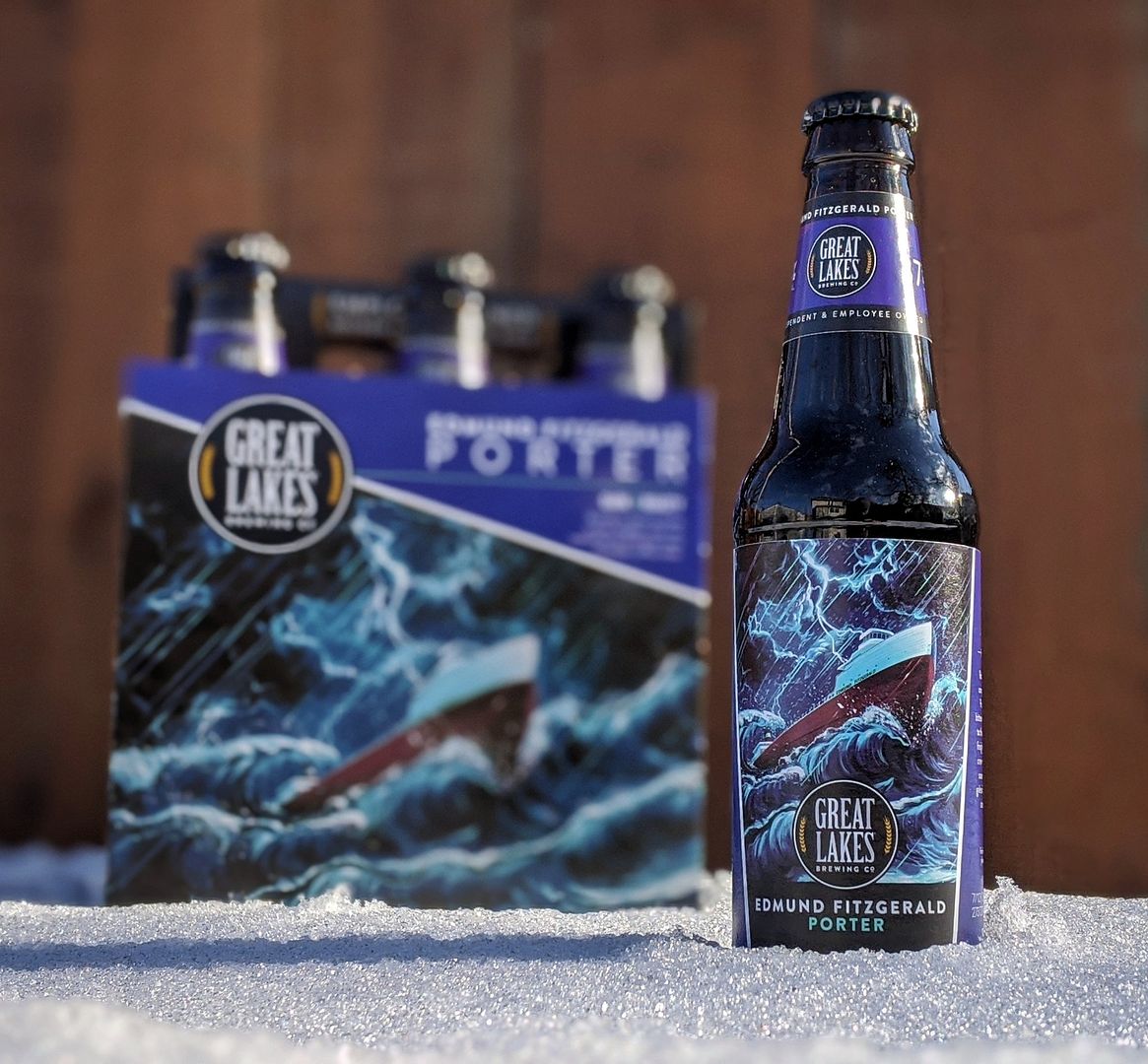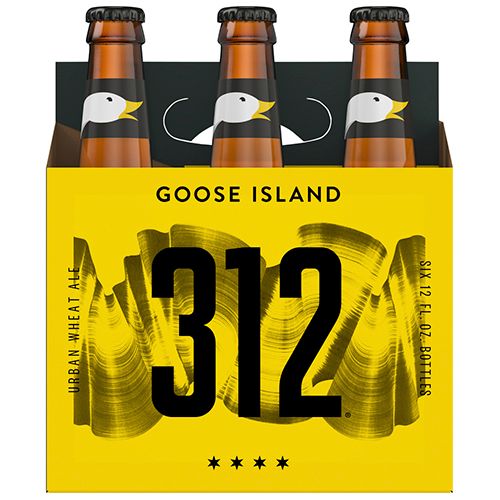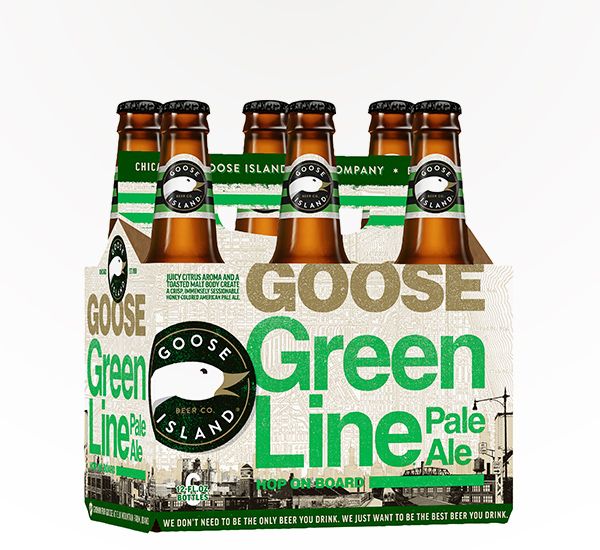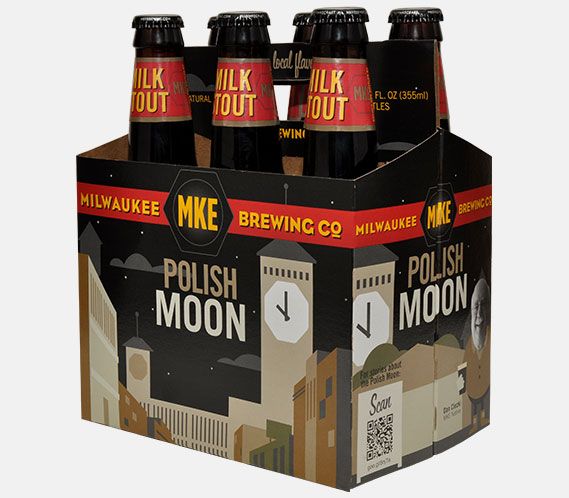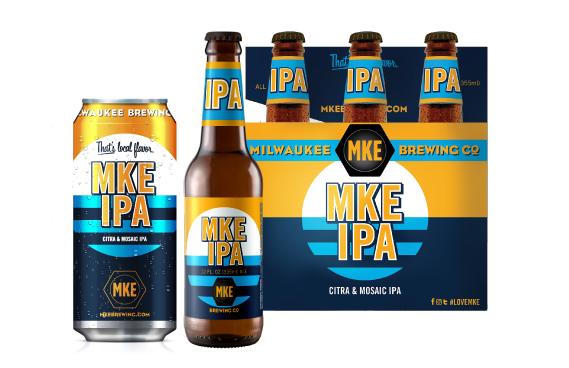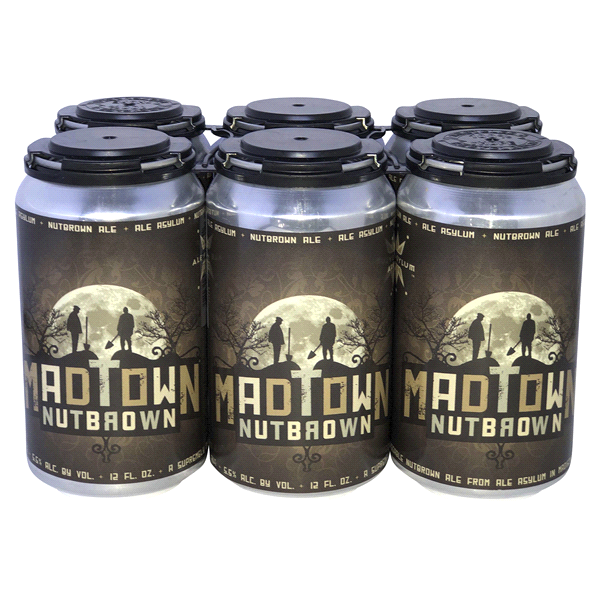SPOILERS!
After a recent and highly ill-advised trip to the DVD store,
I returned home having spent much more than I had intended. One of the movies I
procured was a Blu-ray copy of From Hell, the 2001 film directed by The
Hughes Brothers, photographed by Peter Deming, and starring Johnny Depp and
Heather Graham. (Ms. Graham is a Cheesehead, by the way – she hails from
Milwaukee.)
It was not well-received upon release, as I recall, but I thoroughly
enjoyed it when I saw it in the cinema and on subsequent viewings at home. It's
based on the superb graphic novel of the same name by Alan Moore and Eddie
Campbell which I started reading in 1994 or '95 and I adore Deming's cinematography
as it's full of rich colors that are set next to the blackest of shadows.
Prior to this, The Hughes Brothers, who are
African-American, had directed two films with focusing on black protagonists. MenaceII Society was a violent story of young black man in early 90s Watts, Los
Angeles. They followed that up with Dead Presidents, about another young
black man but this time it was set in 1970s New York and he is a Vietnam veteran
who turns to a life of crime. And so it seemed rather odd at first blush that they
should tackle a story set in London in 1888.
But upon due consideration, it really wasn't quite so
strange. Now, I haven't seen either Menace II Society or Dead Presidents
in ages so I cannot draw many parallels, but From Hell takes place in a
large city and deals with the poor and marginalized even if they are white.
The poor and marginalized here are the denizens of the London
district of Whitechapel in 1888 when Jack the Ripper was on the loose. Both the
graphic novel and the film contain elements straight out of the history books
but even more conjecture and fabrications all done in the name of a good tale.
Johnny Depp plays Frederick Abberline, a police inspector
investigating the Whitechapel murders. Abberline did exist and did indeed investigate
the murders at the time. His trusty companion here is the avuncular Sgt. Peter
Godley, portrayed by the affable Robbie Coltrane. A George Godley was, in fact,
a police officer involved in the case. They're up against, not only The Ripper
himself, but also a Masonic conspiracy that goes right up to Queen Victoria herself!
The film strips away most of the strange and the cerebral
that was present in the graphic novel, leaving a fairly straightforward who
dunnit. But it's a fun murder mystery and a beautiful looking one as well.
I saw From Hell in the theater once so my subsequent
viewings have all been on DVD. Until now.
Even though nothing can truly replace seeing From Hell
on the big screen, the Blu-ray picture surpasses that of the DVD by miles and
miles. While a new OLED TV would render the blacks blacker, they were still much
better than on DVD here and the colors even richer with the whole picture ever
so much sharper. Simply gorgeous. Sadly, I cannot take screen captures from
Blu-ray so we shall have to suffer with ones from the DVD.
There are three main colors in the film's palette. Overall,
the colors look a little oversaturated giving the movie a patina of the surreal,
almost dreamlike. The first color is red.
Aside from being the color of blood, it is also the color of
passion, of activity, and of anger. It fills the London sky at the opening of
the film and lets us know that things are afoot. Later we see that the curtains
of Jack's carriage are red and they're used to great effect, indicating danger,
that the killer's anger, his passions are about to be loosed.
Abberline is blessed/cursed with precognitive dreams and
visions which are cast in a richly saturated green that often intermingles with
the red of blood. (Interestingly, his visions of his deceased wife are not
tinted in green.) The absinthe Abberline drinks to accompany his opium is green
too. As are the lights on The Ripper's carriage and the scenes of him using his
knife on the poor women. Green is associated with dreams and madness.

Speaking of dreams, their use here is one of the big faults
of the film. Abberline is almost a Phildickian precog a la Minority Report.
But instead of floating in a pool with wires attached to his head, he drinks
absinthe laced with laudanum in his bathtub. With the film having a wonderful
hallucinatory look, it's a shame that Abberline's visions are relatively few and
usually limited to seeing The Ripper's victims, not really producing much that
is helpful to the investigation or couldn’t have been ascertained via
non-oneiric means. (The opening vision being an exception.)
There are a couple more in the Deleted Scenes on the disc.
One has him following his wife down an alley and she rounds a corner.
When Abberline does, he sees Annie Chapman staggering as blood drips from her
slit throat. In the other scene, the camera moves in as The Ripper gleefully
stabs at a body lying on the ground. He turns and we see the face is that of
Ben Kidney, a member of the Special Branch who is helping cover up the true
nature of the murders.
The inclusion of these scenes would have helped, but
ultimately, Abberline's abilities at prophecy are woefully underdeveloped in
the story.
Black is the third primary color. It symbolizes mystery and
the unknown as well as evil. Black are the shadows where the killer hides awaiting his victims
and it shrouds his face concealing his identity. When Netley is having serious
second thoughts about aiding and abetting Sir William Gull, he confesses, "I just
don't know where I am anymore." Gull replies, "We're in the darkest
region of the human brain, a radiant abyss where men go to find themselves."
Note how Gull's eyes become black after Abberline reveals that he knows that he's
the killer.

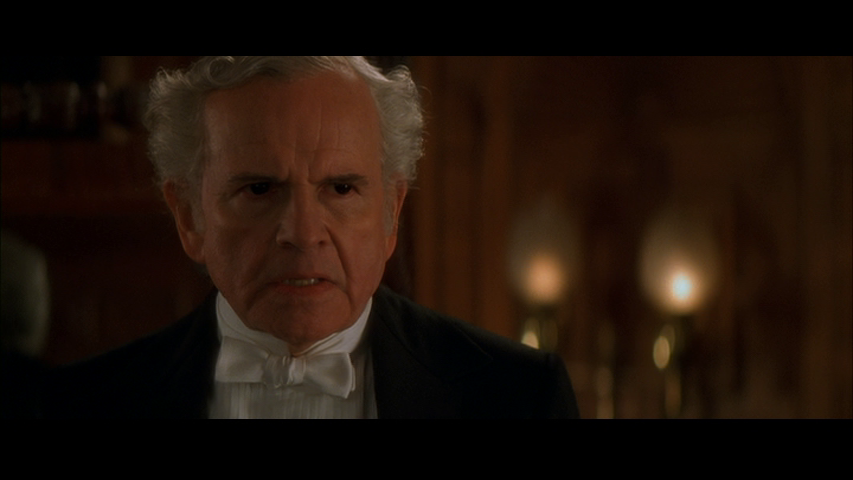
On this viewing, I found From Hell to be surprisingly
ambivalent towards the people of Whitechapel, mired in poverty and it may
perhaps be misanthropic. It certainly paints the upper classes as being
indifferent as well as hostile to those beneath them on the social ladder. Aside
from the murders and the conspiracy surrounding them, there is the scene where
Abberline approaches Dr. Ferral seeking medical expertise. Ferral rebuffs the
entreaty and replies, "I don't see how a reputable surgeon could know anything
about it. This country is overrun with foreigners, Orientals, Jews. Socialists
trying to stir things up against our monarchy." Gull pulls
Abberline away from the situation and says of Ferral, "He knows all about
Anatomy and nothing about the soul."
But The Hughes brothers refuse to portray the denizens of
Whitechapel as the salt of the earth who suffer under the tyranny and control of
the aristocracy. Our introduction to Whitechapel begins with a crane shot that
allows us voyeuristic peeks through windows into the apartments of various
families. From one we hear a man angrily say, "Get out of here!" which
is followed by a woman pleading, "I beg of you!" Out on the street a drunkard
urinates against a wall as an unconscious man is being dragged across the street.
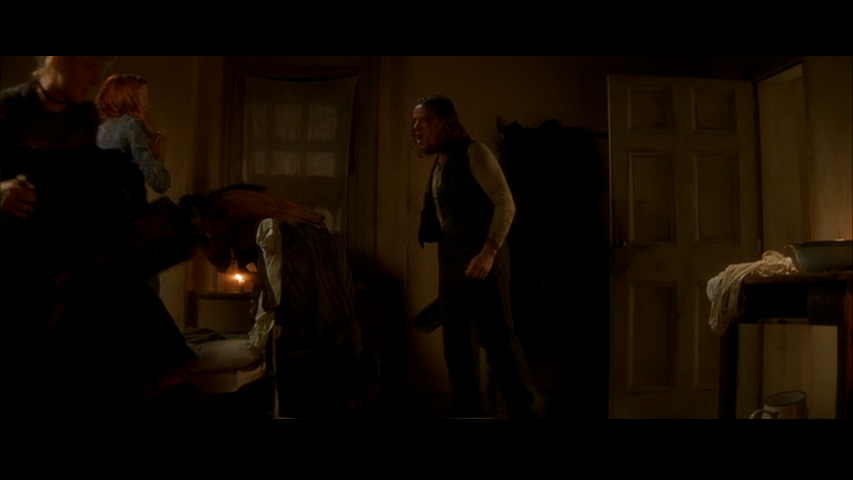
The men who use the services of the prostitutes are
invariably complete assholes. Mary and her friends are kicked out of a bedsit by
the landlord who wields what looks like a small shovel used to empty the ashes
from a hearth or stove. He calls them "bitches" and clocks Annie
Chapman with it. As they leave, he mocks Mary by calling her "Your Grace"
and her friends her ladies-in-waiting. Elsewhere, when Abberline and Godley are at the
spot where Annie's body lay after The Ripper has done his work, voices from
surrounding windows yell, "Let us see the body!" prompting Godley to
comment, "There's your typical Londoner, imbued of the Christian spirit of
sympathy for his fellow man. Or fellow whore, in this case." Here, the middle class shows some disdain for the poor.
On a side note, the film likes to use offscreen voices to
reveal character. In addition to the onlookers wanting a glimpse of Annie's
corpse, a woman can be heard saying, "He should have been killed at
birth!" when Joseph Merrick, a.k.a. – the Elephant Man, is unveiled to be
gawked at by the great and the good of London.
Amongst the deleted scenes is one featuring the funeral procession
of one of the prostitutes, Polly Nichols. I think it's the only scene deleted
or not that doesn't show the inhabitants of Whitechapel bickering or at one
another's throat, no pun intended. They mourn collectively and throw flowers at
the casket. The inclusion of this scene and perhaps other would have gone a long
way to convince me that the film completely takes the side of the poor instead
of indicting them too along with the rich. One can argue that poverty debases
the soul and deforms character and so you get the behavior seen onscreen. Fair enough.
But the film doesn't endeavor to make that argument, to my mind. It assumes
that you'll find the aristocracy so abhorrent because of their attitudes and
ability to literally get away with murder that you'll give the poor a pass.
Abberline and Mary Kelly (Heather Graham) develop affections
for one another because, I guess, you need a love story. Personally, I find
dreams and visions a more interesting route to take than the feelings they
develop for one another but what can you do? Given this, they seemed to fall in
love rather quickly and I feel that the movie needed to show more of their budding
relationship. The deleted scenes offer a little something with one featuring the
couple going to the apartment of Mary's friend Ann whom she witnessed being
whisked away by some well-dressed gentlemen. It turns out that a bunch of crude
laborers now occupy the space.
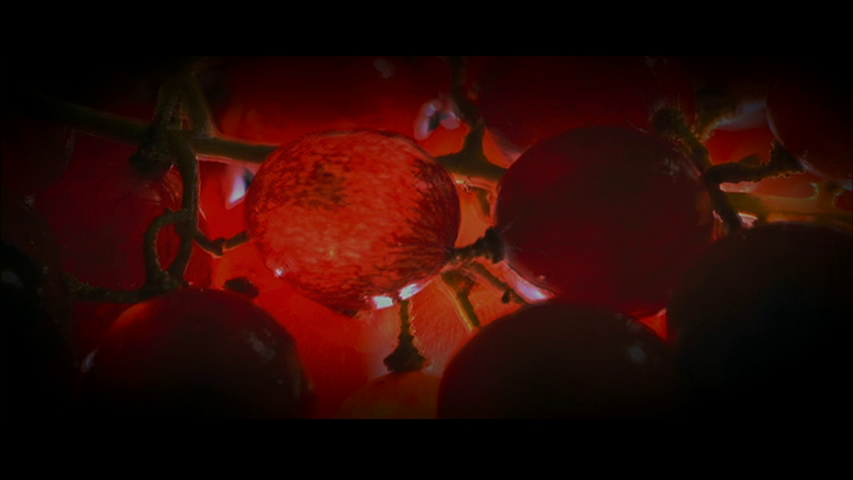
There's no doubt the film tries to do a lot but it can only
do so much. An extended sequence in the graphic novel features a tour of the
buildings designed by 17th/18th century architect Nicholas
Hawksmoor. In the film this has been reduced to putting some of the buildings he helped
design in establishing shots or shown briefly as a carriage whisks by. I am thinking
of St. Paul's Cathedral and the Christ Church Spitalfields. Now that I have
read it, I cannot but help think that Peter Ackroyd's novel Hawksmoor was
an influence on Moore.
From Hell the film is surely missing many elements
that made the graphic novel such a great read. But it has its own virtues. (Depp
and Graham's accents are, admittedly, not amongst them.) Eddie Campbell gave the novel stark
black and white illustrations while Peter Deming weaves a rich tapestry of
colors with a hallucinatory sheen. While the film generally stripped the novel
down to its murder mystery elements, there is a lot about class going on as
well. Sometimes you have to listen carefully or move beyond the visual spectacle of a dream or vicious
murder but it's all there. And there are, in my opinion, no easy answers. Are the
poor complicit, however much or however little, in their poverty? Are they
simply puppets at the ends of strings wielded by the rich and powerful? Is
there anything good to be teased out of the aristocracy?
I don't think From Hell answers these questions but
it makes it hard for viewers not to think of class and the problems surround it.
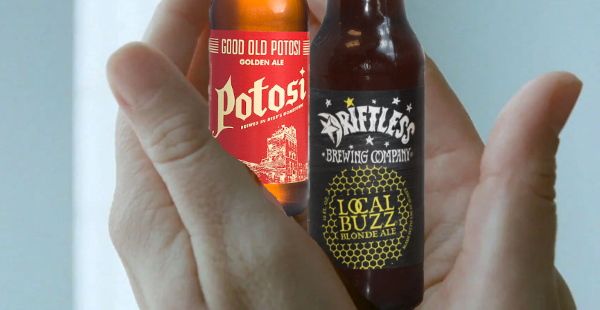
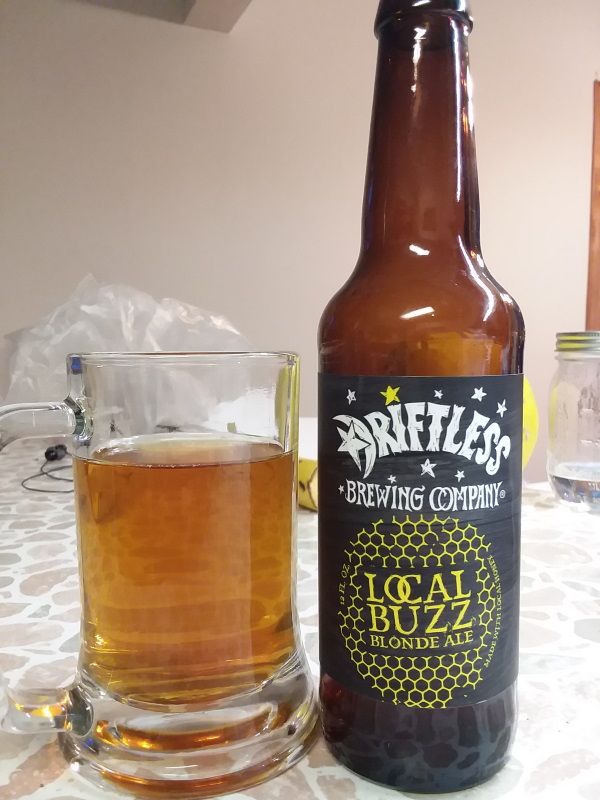

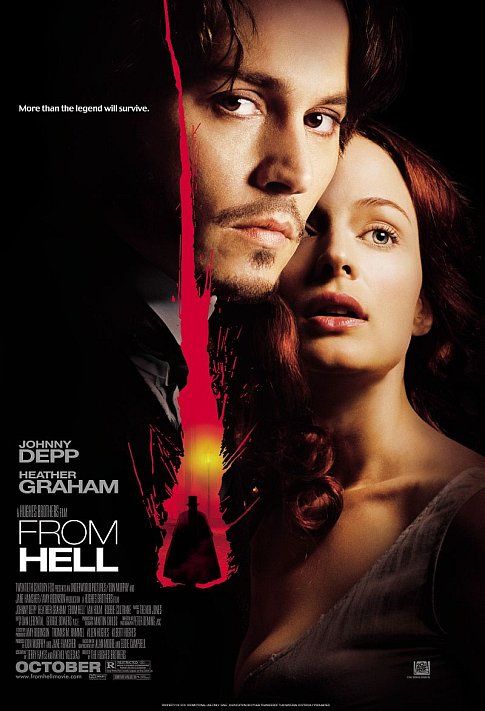

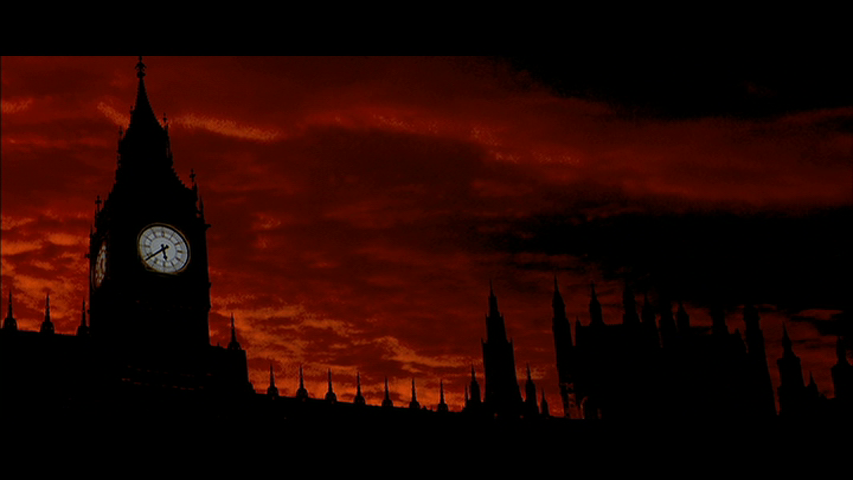
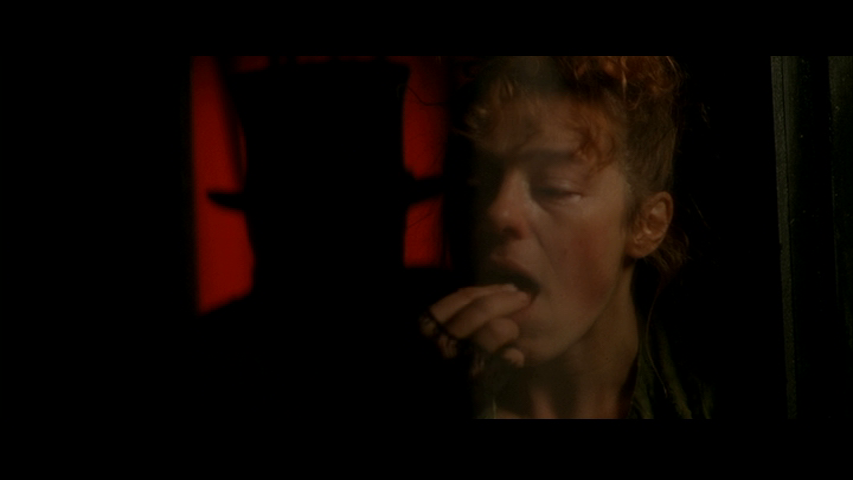






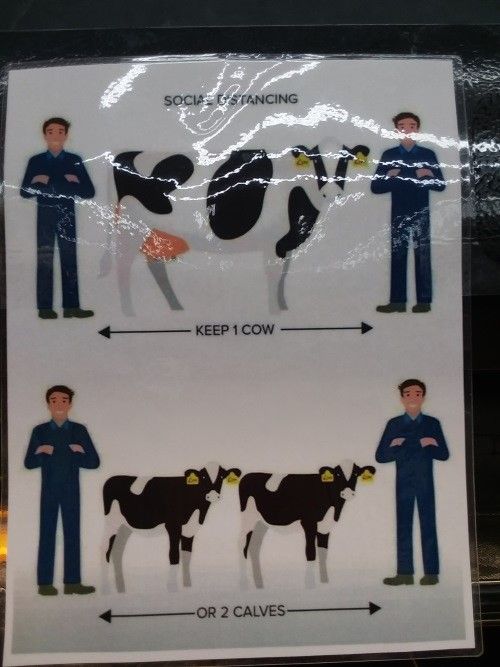






.jpg)



